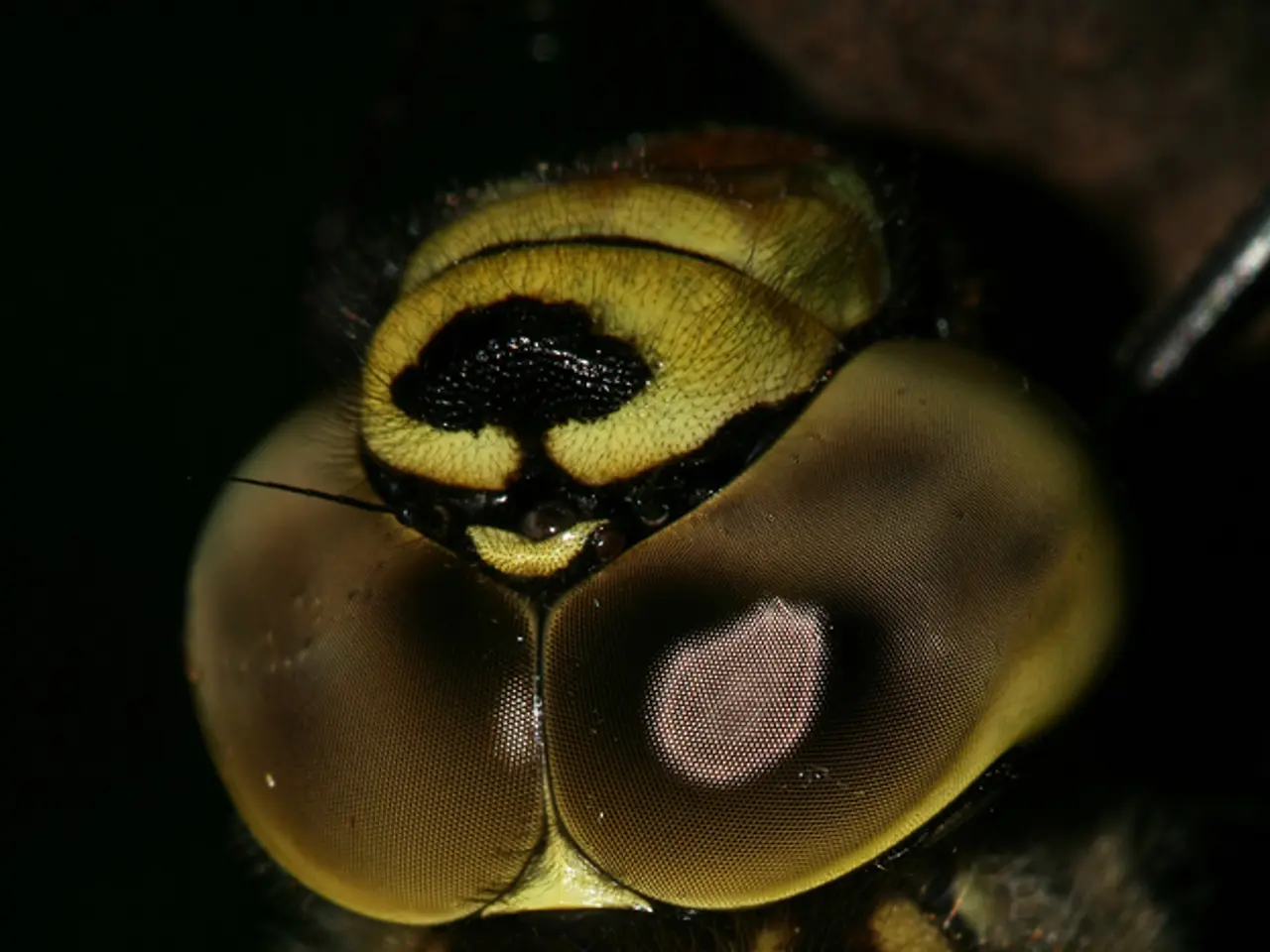Fireflies Proliferating Unexpectedly in Various Locations
Urban Fireflies: Shining Through Light Pollution
In a world where light pollution threatens the delicate balance of the natural world, fireflies continue to captivate us with their enchanting bioluminescence. According to a recent IUCN Red List assessment, habitat loss and degradation, pesticide use, and climate change are the biggest threats to these fascinating insects. However, in the heart of some of the world's largest cities, fireflies are fighting back, showcasing their resilience in the face of adversity.
Sriram Murali, an International Union for Conservation of Nature Species Survival Commission firefly specialist, recently traveled to New York City and Washington, D.C. to photograph urban fireflies. His goal was to show the resilience of some firefly species in the face of light pollution, one of their greatest threats. Murali's efforts paid off when he discovered a rare population of the vulnerable dot-dash firefly (Photuris pensylvanica) lighting up the night during a photoshoot on Roosevelt Island in Washington, D.C.
One of the most common urban fireflies is the Common Eastern firefly, also known as the big dipper for the J-shaped flash pattern they make. These luminous creatures can be found in the heart of cities like New York City and Washington, D.C., thriving in the city's grassy areas, particularly in Central Park's rolling greens and pollinator meadows. To find them, it's essential to look for the dark corners where they have the best chance of surviving.
However, light pollution negatively affects urban firefly populations by disrupting their flashing mating signals, which are crucial for finding mates and reproducing. Artificial lighting from streetlights, billboards, and building illumination drowns out these bioluminescent signals, leading to reduced mating success and population decline. The larvae stage is also impacted by artificial light exposure, further threatening population sustainability.
To help fireflies, several actions can be taken. Reducing or turning off outdoor lighting during firefly mating seasons can improve communication among fireflies and support their life cycle. Supporting or initiating dark skies initiatives that encourage communities to dim or switch off nonessential artificial lights can reduce overall light pollution and benefit local fireflies and other wildlife. Preserving and restoring natural habitats, such as moist environments with leaf litter, rotting logs, moss, and native prairies, is also essential for fireflies. Avoiding excessive yard cleaning can help maintain larval habitats, and minimizing pesticide and chemical use can improve larval survival and overall ecosystem health.
These combined efforts can help maintain and revive urban firefly populations threatened by light pollution, habitat loss, and other human impacts. The Xerces Society runs a citizen science project called Firefly Atlas to better understand how lightning bug populations are changing. Candace Fallon, senior conservation biologist and firefly lead at the Xerces Society for Invertebrate Conservation, states that light pollution can have a significant impact on the productive success of firefly populations.
Fireflies serve a special place in human society, according to urban naturalist Gabriel Willow, as they connect people to the wonder of the natural world around them. By taking simple actions to help fireflies, we can contribute to a healthier and more diverse urban ecosystem, one bioluminescent flash at a time.
[1] IUCN Red List assessment [2] Xerces Society for Invertebrate Conservation [3] National Geographic [5] National Wildlife Federation
- Climate change, alongside habitat loss and degradation, pesticide use, and other human impacts, pose significant threats to diverse species, as noted by a recent IUCN Red List assessment.
- In the fight against these threats, conservation efforts within the environmental-science community and lifestyle choices are crucial for preserving the natural world, including its wildlife and firefly populaces.
- As explorers traverse the urban landscape, they discover resilient firefly species thriving amidst climate change, such as the Common Eastern firefly, illuminating city parks like Central Park in New York City.
- Yet, climate change can disrupt the delicate balance of the natural world, impacting the mating signals that fireflies use for reproduction, as well as harming their larvae stage.
- Embracing health-and-wellness practices, such as dark skies initiatives and reducing outdoor lighting during firefly mating seasons, can help support their life cycle and ecosystem health.
- These practices are not just important for fireflies, but also for other urban wildlife, as illustrated by the collaborative Firefly Atlas project run by the Xerces Society for Invertebrate Conservation and the National Wildlife Federation.
- By respecting and protecting the natural world, we can contribute to a sustainable lifestyle, fostering a stronger connection between humans and the environment, as exemplified by the enchanting spectacle of urban fireflies shining through light pollution.




